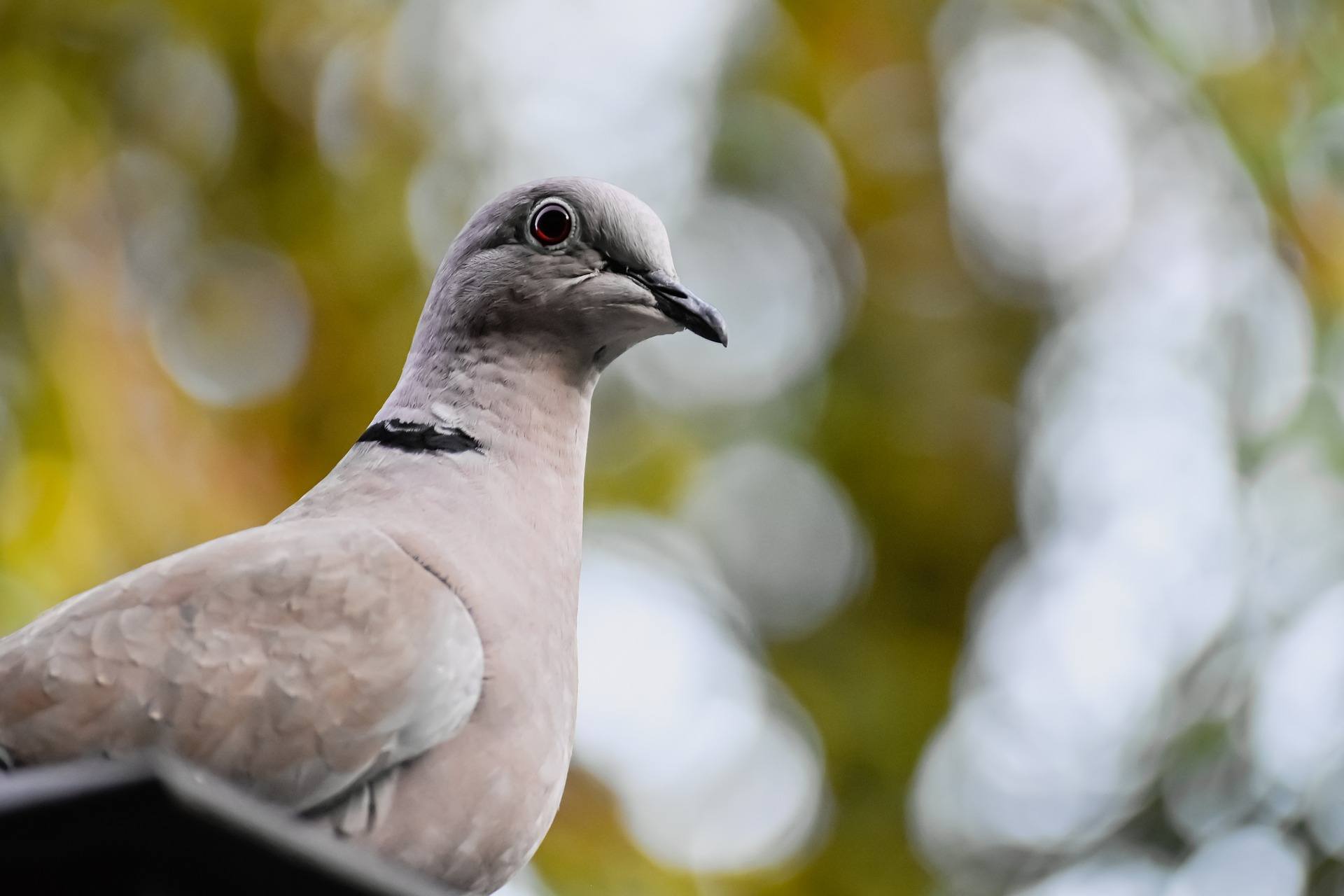Why do birds need to be controlled? We look at why bird control is important and common bird pests that you may need to control.
Why Is Bird Control Important
Birds are intricate animals, some species are intelligent, gorgeous, and completely docile; some species, however, are not. When it comes to keeping nuisance birds away from your property, nothing beats bird control. Bird control refers to any approach, product, or tactic used to repel problem birds, and these methods or devices are intended to prevent birds from landing, roosting, or nesting in certain locations.
Bird control is required because birds can pose serious health risks, histoplasmosis, cryptococcosis, and psittacosis can be caused by the excrement of common nuisances bird species such as pigeons, starlings, and sparrows; all three of these can induce serious infections in your lungs, neurological system, liver, endocrine system, and other organs.
However, this isn't the only reason bird control is vital. Birds can be unpleasant and inconvenient, and if you own a retail enterprise, the presence of birds can result in lost sales. Bird waste is not only hazardous to human health, but it is also very acidic and can cause property damage; excessive bird faeces may wear away paint, dull metal, lacquer, and wood over time.
Bird Species & Problems:
Feral Pigeons
Pigeon flocks usually concentrate on structures, resulting in a buildup of droppings. These make very dangerous walking conditions, especially in rainy weather. Food and other goods may potentially be contaminated by droppings.
Birds' nest materials and other detritus can clog rainfall drainage systems and foster bug and mite infestations. Direct contact with birds also poses a danger of human sickness.
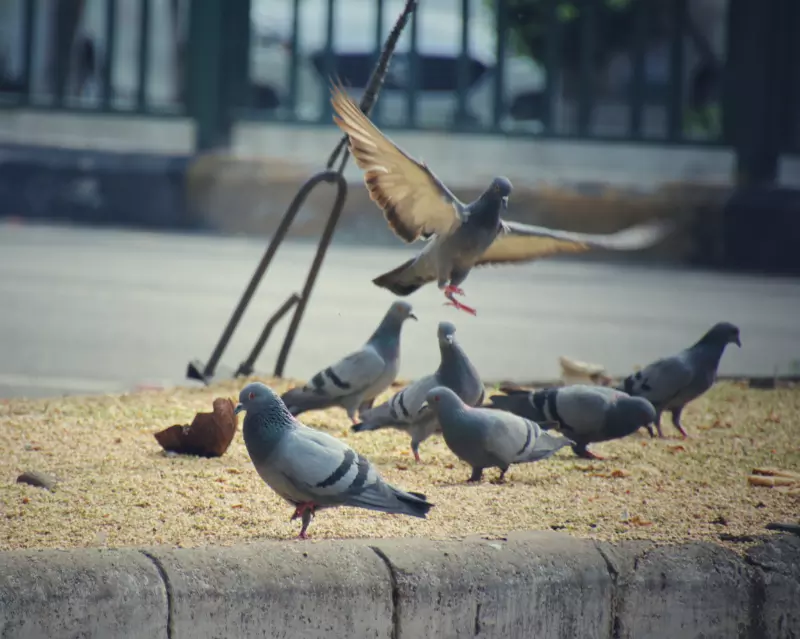
House Sparrows
Sparrows may be found in bakeries, factories, and warehouses where food is prepared and stored. They frequently reside in buildings, where they can contaminate items with faeces and nest materials.
Even packaged foods like flour, cookies, and cereals may be affected; this stock may have to be removed to prevent supplying customers with infected items.
Starlings
Large flocks of starlings frequently roost in metropolitan settings at night, using trees, buildings, or structures like bridges and towers; the sheer volume of droppings, along with their chemical activity, can harm and destroy trees and other flora.
Fouling may cause dangerous roads and walkways, as well as pollution of equipment and structures.
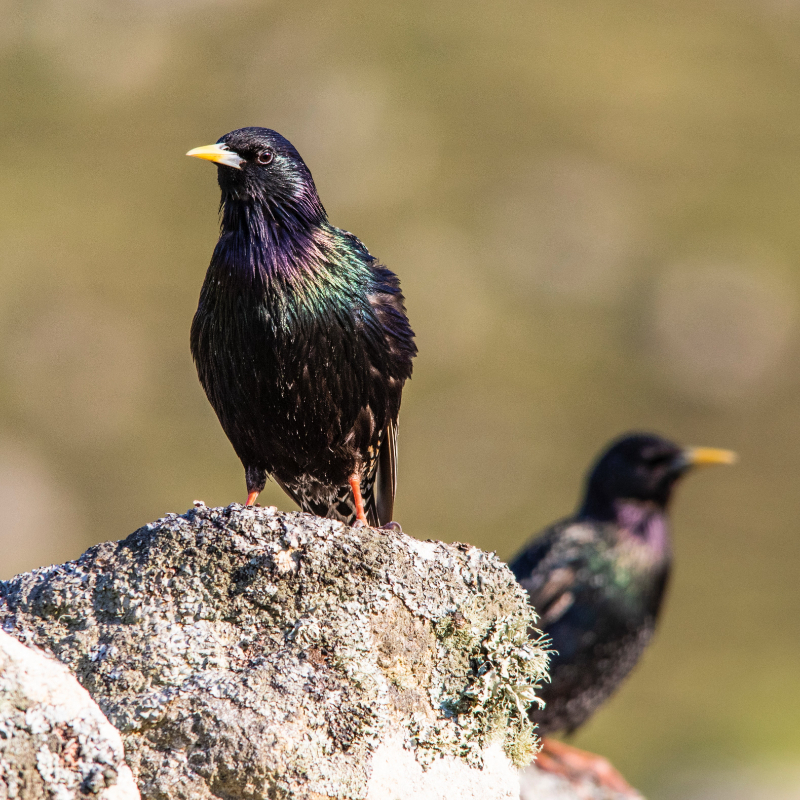
Canada Geese
By grazing, trampling, fouling walkways, and destroying animal habitats, Canadian geese can cause difficulties in urban parks and gardens. Since plant nutrition levels are low, Canadian Geese will devour enormous amounts of vegetation, droppings can be generated once every six minutes, these droppings include germs that may be dangerous if consumed, and grass patches are destroyed in short intervals.
Droppings in water cause poisonous algae to grow and cause low oxygen levels, which harm some fish and amphibians as well as other creatures that inhabit the area; Canadian Geese may inflict severe damage to grassland regions, parks, and open places in a short period of time.
Gulls
Herring gulls and, on rare occasions, smaller black-backed gulls roost and nest on coastal structures, they may be aggressive, especially while incubating eggs and raising young.
This defensive behaviour might lead to attacks on members of the public in the street or on individuals who need access to rooftops for maintenance.
Nest materials can clog gutters and downspouts and create a habitat for bug and mite infestations - droppings pollute equipment and may cause access routes to become slick.
Discarded food scavenged from garbage dumps or other locations might attract flies.
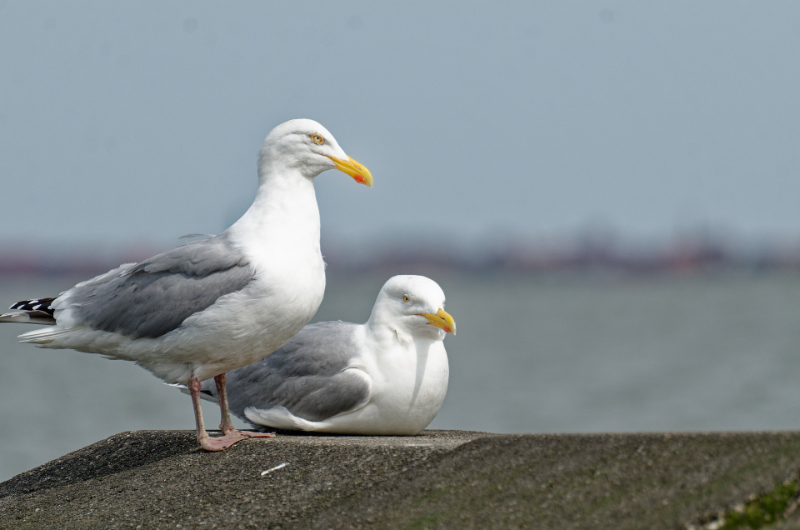
Bird Control Legislation
Most of us like seeing birds in their natural environment, but it's another story when there are too many of them in the wrong area. Birds such as pigeons, starlings, and seagulls can constitute a nuisance if permitted to swarm on commercial property. However, any activity that affects bird species in the UK has legal ramifications under the Wildlife and Countryside Act (1981).
If you violate the law, whether intentionally or unintentionally, you may be held accountable and penalised. If you suspect that bird nesting may influence your business, you must obtain professional guidance. Understanding bird behaviour and putting an effective control system in place can be difficult.
Anyone wishing to remove nests and/or deal with troublesome birds should seek guidance from a 'bird' expert rather than a typical pest controller.
If you kill, hurt, or take any wild bird, whether intentionally or unintentionally, you face punishment and substantial fines under this act. Eggs and nests are similarly protected, and they may not be removed or destroyed while under use or construction.
Certain uncommon species are granted further protection; with fines of up to £5,000 and/or six months in jail for violations of the act, you must seek assistance from a bird control professional if you believe that nesting birds are causing damage to your business.
In the United Kingdom, all wild bird species (including their nests and eggs) are legally protected - any violations of this act may result in limitless penalties and punishment of individuals implicated. To prevent injuring birds, all work should be done during their breeding season, which is normally between March and August, and with expert bird control methods that discourage but do not damage the birds.
Bird Control Methods
Some bird species are considered pests in the United Kingdom. Anyone who has experienced birds landing, roosting and nesting on their commercial property will be relieved to know that there are several strategies to exterminate or dissuade these nuisance pests. Birds in high numbers can cause a range of difficulties for your company, including pigeon illnesses transferred via their excrements, such as histoplasmosis, cryptococcosis, and psittacosis.
It is critical to take precautions on time, or else property and equipment may be damaged. Birds destroying crops and fruit orchards is another issue that farmers may confront. Several bird control strategies may be used to address this issue. The most successful ones combine many pest control approaches.
A bird scarer is any of several devices meant to frighten birds. Farmers generally use it on their fields to scare birds away from newly planted arable crops and discourage them from devouring them. Airfields are another location where scarers are regularly employed to keep birds from congregating near runways and posing a possible threat to planes. Visual scarers and auditory scarers are the two sorts of bird scarers that may be utilised.
Scarecrows are one of the earliest forms of bird scarers, often made of straw and wood; their job was to patrol wheat fields and chase away any crows or starlings that sought to land in the fields by rushing against them while yelling and hurling stones. Scarecrows are typically fashioned in the shape of a human figure; however, not all visual scare devices are. Since some birds commonly perch atop scarecrows, this strategy does not work well with all species.
Some bird species are naturally fearful of predators such as birds of prey. This is why "Hawk kites" were created.
They fly from poles in the wind and hover over the field to guard it. The form of the perfect "Hawk kite" should closely mirror the silhouette of a bird of prey.
A Helikite is a kite and a disposable helium-filled balloon that is lighter than air. It is widely used as a highly efficient method of frightening birds.
Initially, it was only utilised when it was windy, but farmers and scientists required something that could fly even when there was no wind.
There are two types of bird-frightening Helikites available nowadays. The Vigilante Helikite is designed for temperate areas, while the Lightweight Helikite is designed for hot climes and tree fruit.
They can fly up to 200 feet in the air regardless of whether there is wind or not.
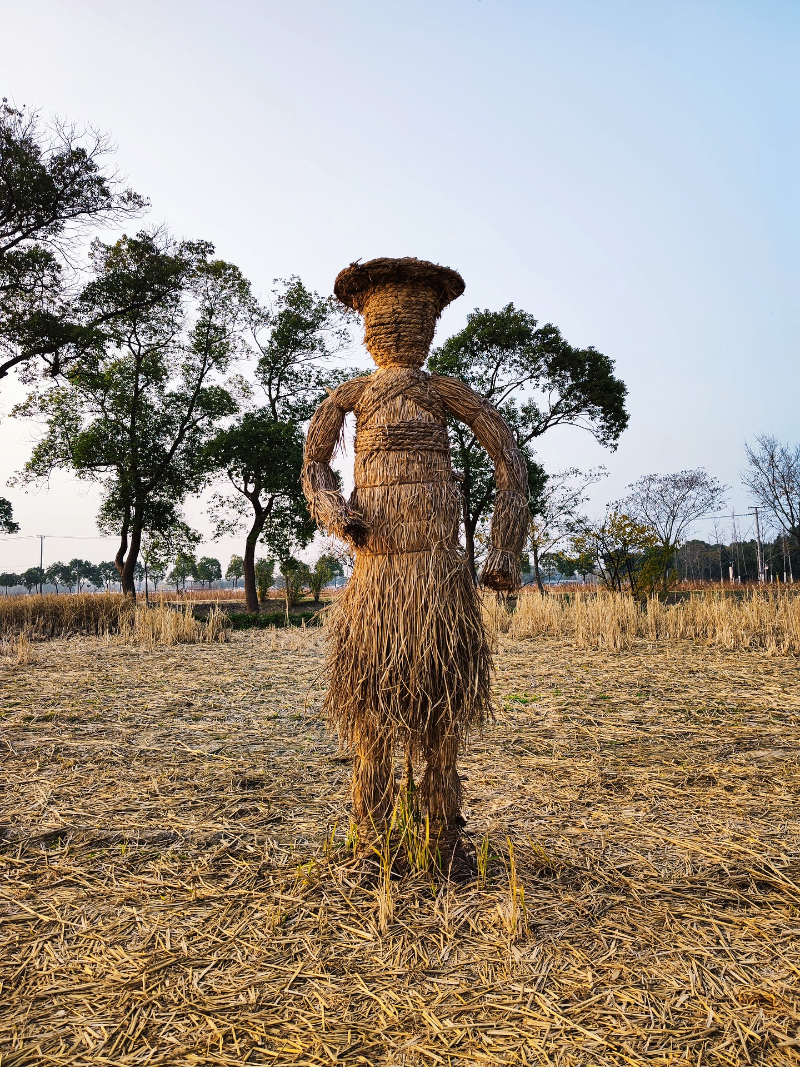
Helikites can cover enormous areas of farmland and hover in the skies like birds of prey. Installing bird control spikes, often on a property's roof, is one of the bird control methods we provide as part of our bird control and preventive services. The bird control spike, also known as an anti-roosting spike or roost modification, is a compassionate and practical remedy for bigger bird infestations.
The contraption is made up of long, needle-like rods and two types of spikes: plastic and stainless steel. Bird control spikes may be simply mounted to building ledges, street lights, and business signs to discourage wild and feral birds from perching or roosting in public settings. Some pest birds leave a lot of ugly and unsanitary faeces, while others can be bothersome to neighbours by producing unusual and loud sounds, especially at night.
This is when bird control spikes come in handy, without inflicting injury or killing the birds. The birds receive a little stab but are uninjured. The RSPB (Royal Society for the Protection of Birds) suggests using bird control spikes to keep pigeons out of gardens.
If left unmanaged, the spikes get clogged with leaves, trash, and feathers, allowing nuisance birds to easily perch on top. Furthermore, this bird control strategy may make some iconic structures appear less appealing or messy. In these instances, it is preferable to use other techniques of bird management, such as barriers that prevent birds from entering an area or landing on a surface.
Spikes attract tiny birds or pigeons that nest directly in the spikes by offering plenty of nesting detritus, twigs, and grass. This is why it is far preferable, to begin with, netting and low current barriers, which have shown to be beneficial each time they have been employed.
Are you experiencing a bird infestation in the Stevenage or surrounding Hertfordshire areas?
If you are worried that your property has a bird pest problem or infestation we can help.

